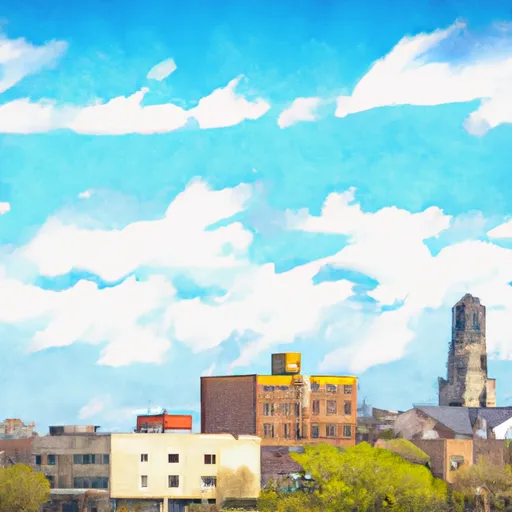°F
°F
mph
Windspeed
%
Humidity











Decatur, Iowa is a small town located in the southern part of the state. The climate is typical of the Midwest, with hot summers and cold winters. The area is prone to occasional flooding due to its location along the Iowa River. The hydrology constituents of the area include the Iowa River, as well as several smaller creeks and streams. Outdoor recreation opportunities in Decatur include fishing, hunting, camping, and hiking. The nearby Stephens State Forest offers hiking trails and camping facilities, while the Iowa River is popular for fishing and boating. Overall, Decatur is a small, rural community with plenty of opportunities to enjoy the outdoors.
Weather Forecast
Decatur receives approximately 943mm of rain per year, with humidity levels near 80% and air temperatures averaging around 10°C. Decatur has a plant hardyness factor of 5, meaning plants and agriculture in this region thrive during a short period during spring and early summer. Most plants will die off during the colder winter months.
Regional Streamflow Levels
8
Cubic Feet Per Second
14
Cubic Feet Per Second
8
Cubic Feet Per Second
100
Cubic Feet Per Second
Nearby Camping
| Camping Area | Reservations | Toilets | Showers |
|---|---|---|---|
| Hawker Point - Stockton Lake | |||
| Orleans Trail South Park - Stockton Lake | |||
| Mutton Creek Park - Stockton Lake | |||
| Osceola RV Park | |||
| Sparrowfoot - Harry S. Truman Lake | |||
| Stockton State Park |



